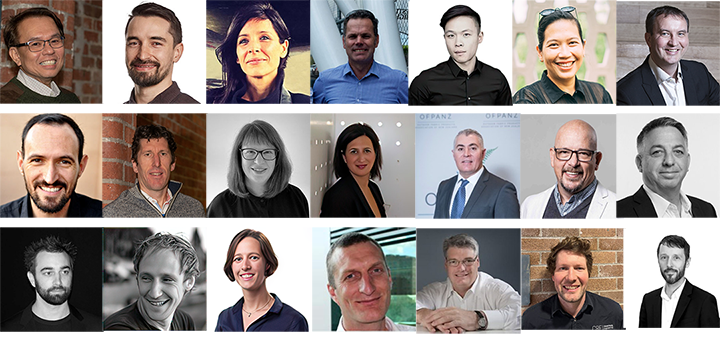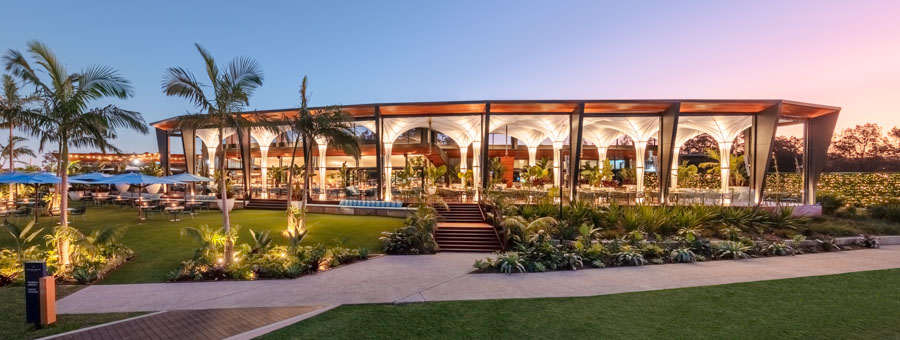DAY 1, Thursday 12th September 2024
AMDC301 (Lecture Hall), Advanced Manufacturing & Design Centre, Level 3, Hawthorn Campus, 453 Burwood Road, Hawthorn Victoria
Note: Details updated 5 September 2024 Download Conference Program (PDF)
|
Start |
Session: Activity, Presentation |
Speaker / Chair (Link to Bios, new window) |
|
08.00 |
Registrations |
|
|
S1D1 |
Day 1 Keynote Address |
Chair – P Lim |
|
09.20 |
Conference Welcome |
LSAA (P Lim – President) & Swinburne Uni |
|
09.30 |
Platinum Sponsor Welcome (Serge Ferrari / Rainbow Shade) |
|
|
09.35 |
Contextualisation through Structure and Design |
|
|
10.30 |
Morning Tea |
|
|
S2D1 |
Challenges |
Chair – Dr P Kneen |
|
11.00 |
Pathways towards zero carbon for tension membrane architecture (via zoom) |
Bruce Danziger (Danziger Engineering Collaborative Inc) |
|
11.30 |
Evolution of Ken Rosewall Arena, Sydney |
Jane Nixon (Arup) |
|
11.55 |
The journey and tools of parametric design and detailing |
James Marr (Tensys) |
|
12.20 |
Lunch & Networking |
Sky Lounge |
|
S3D1 |
Project Focus |
Chair – R Cahill |
|
13.30 |
Gold Sponsor Welcome (Hiraoka Australia) |
|
|
13.35 |
Surbana Jurong, Singapore – synthesis of architecture and engineering |
|
|
14.00 |
Te Kaha Stadium, Christchurch, NZ |
Rafael Guedez (Fabritecture) |
|
14.25 |
Collaborating for project success - Trinity Point Marina,Lake Macquarie Project, NSW |
Tom Gastin (Pattons) |
|
14.50 |
The Link @ Langley Park, Western Australia |
Martin Eddleston (MakMax) |
|
Start |
Session: Activity, Presentation |
Speaker / Chair |
|
15.15 |
Afternoon Tea |
|
|
S4D1 |
Student Competition Award |
Chair – Dr S Colabella |
|
15.35 |
Student Competition Jury Review |
Prof Mark Burry AO/ Prof Roland Snooks / |
|
15.45 |
Team 01 Presentation - Winner |
|
|
16.00 |
Team 02 Presentation |
|
|
16.15 |
Team 03 Presentation |
|
|
16.30 |
Break |
|
|
S5D1 |
Workshop 01 |
Chair – Dr P Kneen |
|
16.35 |
Embodied carbon assessment calculation workshop |
Bruce Danziger (Danziger Engineering Collaborative Inc) |
|
17.00 |
Close Day 01 |
See Details of Conference Dinner and Awards |





























